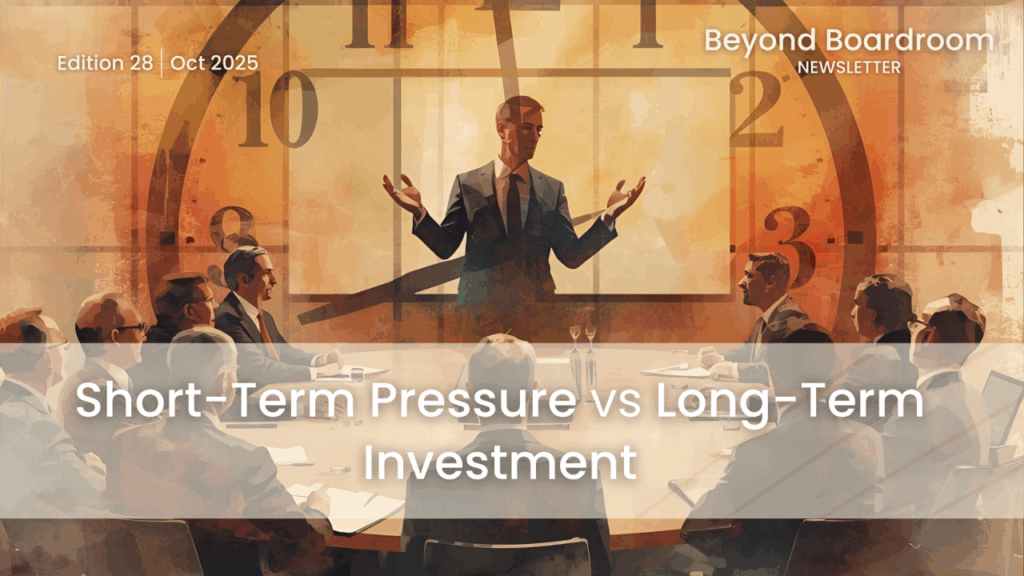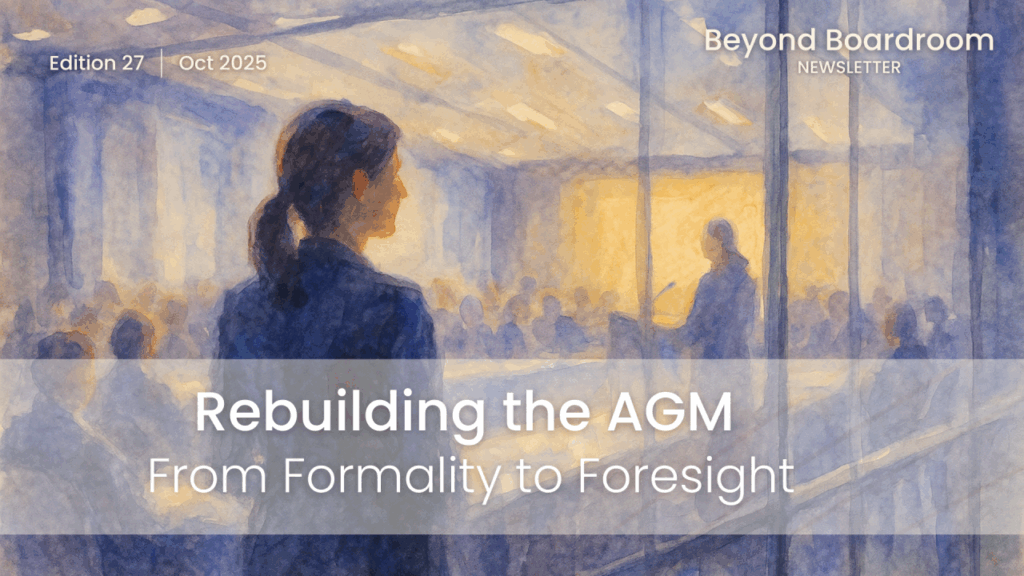AI Can Read the Room—But It Can’t Pull the Fire Hose
Microsoft’s latest Viva Glint upgrade is beaming burnout heat‑maps straight to C‑suites, flagging risk hot‑spots before anyone files a complaint. Start‑ups like Neurofit stream biometric stress data to HR dashboards in real time, promising nudges the moment cortisol spikes. Meanwhile, McKinsey’s 2025 workplace survey finds that 99 per cent of companies now invest in people‑analytics AI, yet barely one per cent feel “mature” in using it—tech investment is outrunning cultural readiness.
Dashboards are flashing amber everywhere, but algorithms can only escalate; they can’t intervene. When culture is already smouldering, an alert is just that: an alert. The real work—listening, reprioritising, and reshaping incentives—still starts and ends in the boardroom, giving boards a data point they’ve never had before and a responsibility they can’t delegate.
Culture isn’t atmosphere; it’s infrastructure
Forget the idea of culture as a vibe. It isn’t about being “nice”, “fun”, or “cool.” Culture is how decisions are made under pressure, how people behave when no one is watching, and how your organisation metabolises change.
The most resilient organisations—whether advanced‑tech scale‑ups or strained public services—embed culture into the bones of the business:
- Purpose isn’t a homepage paragraph; it’s a decision‑making filter.
- Leaders don’t just talk values; they live them—especially when it’s inconvenient.
- Governance isn’t policies on paper; it’s trust in motion.
How to know it’s working
Culture shows up in hard metrics, not glossy decks:
- Attrition rates (toxic culture is ten times more predictive of turnover than pay—MIT Sloan, 2022)
- Health‑and‑safety incidents
- Near‑misses and audit flags
- Customer complaints
- Innovation‑cycle speed
- How problems are escalated—or buried
Culture is the control, the compliance, the competitive advantage.
Poor culture also drags the wider economy: Gallup estimates disengagement now costs £8.8 trillion globally—about 9 per cent of world GDP.
The culture–governance feedback loop
When culture is strong, governance is easier: people speak up early and align naturally. When governance is strong, culture gains a spine: rules are respected, not resented. Yet most organisations haven’t closed that loop. Culture often lives with HR, comms, or a survey vendor when it should live with leadership and be anchored in governance.
What forward‑thinking boards are asking
- Do we model the behaviour we expect—even under pressure?
- Are we measuring the impact of our values, not just their presence?
- Have we incentivised the wrong things without realising it?
Culture is always present; the real question is whether it’s intentional or accidental.
Conclusion: culture as infrastructure
We don’t build bridges without blueprints or launch products without controls. So why treat culture as something that just “emerges”? The organisations that will thrive—retaining talent, adapting fast, and earning trust—treat culture like the system it is: structured, supported, scrutinised.
Action for boards: mandate a quarterly culture dashboard that pairs AI sentiment data with hard KPIs, then discuss it as seriously as the financials.
When crisis hits, branding won’t save the day. Culture will.
Until next time, keep governance practical, culture intentional, and progress in sight.
Erika.



